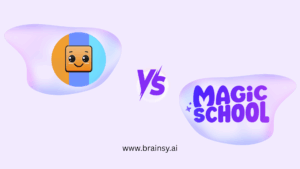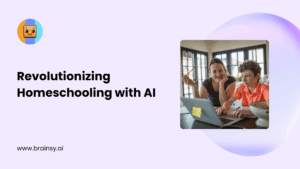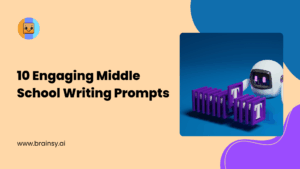Introduction to AI in Education
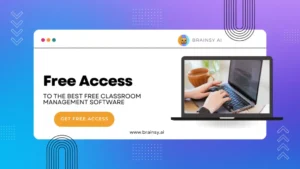
The dawn of the 21st century has seen an unprecedented integration of artificial intelligence (AI) into various sectors, with education emerging as a particularly fertile ground for its application. AI in education, or education AI, signifies a revolutionary approach to teaching and learning, promising to tailor educational experiences to meet the unique needs of each learner. My journey into understanding AI’s role in education began out of curiosity but quickly evolved into a passion as I uncovered the transformative potential of these technologies. AI tools for education are not just futuristic fantasies but present-day realities that enhance how knowledge is imparted and absorbed.
Understanding AI in Schools
Delving deeper, I learned that AI in education encompasses a broad spectrum of applications, from personalized learning algorithms to intelligent tutoring systems. These AI education tools are designed to facilitate a learning environment that adapts to the pace and style of each student, making education more accessible, engaging, and effective. The promise of AI lies not only in augmenting the educational process but also in its potential to dismantle barriers to learning, thus fostering truly inclusive learning environments.
The Evolution of AI in the Classroom
Yet, as with any technological advancement, integrating AI into education is a double-edged sword. Throughout this exploration, I aim to unravel the complexities of this integration, examining the benefits and challenges, and envisioning the future of AI in education. The journey ahead is as much about understanding the potential of AI to transform education as it is about critically assessing its implications for learners, educators, and society at large.

Benefits of AI
Accessibility and Inclusivity
The allure of AI in education lies in its myriad benefits, which promise to revolutionize the educational landscape. First and foremost, AI can personalize learning experiences in unprecedented ways. By analyzing data on students’ learning habits, comprehension levels, and interests, AI can tailor educational content to suit each learner’s needs, thereby enhancing learning outcomes. This personalized approach boosts engagement and ensures that no student is left behind, making education more inclusive and equitable.

Time-Saving Solutions
Moreover, AI tools for education can automate administrative tasks, freeing up educators to focus on teaching rather than paperwork. From grading assignments to managing schedules, AI can handle a variety of time-consuming tasks, thus enhancing the efficiency of educational institutions. This shift not only optimizes the educational process but also allows teachers to devote more time to interactive and creative teaching methods, thereby enriching the learning experience.
Instant Feedback and Assessment
Another significant benefit is the ability of AI to provide instant feedback to students. Unlike traditional educational settings, where students may have to wait days or weeks for feedback, AI-enabled platforms can offer immediate responses to students’ queries and submissions. This instant feedback mechanism is crucial for learning, allowing students to quickly identify and correct mistakes, thereby facilitating a more dynamic and continuous learning process.
How AI Can Be Used in Education

Adaptive Learning Systems
The application of AI in education is vast and varied, encompassing a range of tools and techniques designed to enhance learning and teaching. One of the most prominent uses is in the development of adaptive learning systems. These systems use AI algorithms to analyze students’ performance and learning styles, adjusting the curriculum in real time to match their needs. Such adaptability ensures that learning is a personal journey, tailored to the strengths and weaknesses of each student.
AI-Powered Virtual Tutors and Assistants
Another exciting application is the use of AI-powered virtual tutors and assistants. These AI entities can provide students with one-on-one support, answering questions, offering explanations, and guiding them through complex concepts at any time of the day. This 24/7 availability ensures that students have the support they need whenever they need it, breaking down traditional barriers to learning.

AI in Language Learning
Furthermore, AI can play a crucial role in language learning, offering tools that enable real-time translation, pronunciation correction, and language practice with native speakers’ simulations. These capabilities not only make language learning more accessible but also more effective, opening up new opportunities for learners worldwide.
Inclusive Learning Environments with AI

Breaking Barriers: AI’s Role in Accessibility
Creating inclusive learning environments is a central tenet of modern education, and AI stands as a powerful ally in this mission. AI in education can address various learning needs, ensuring that education is accessible to students with disabilities, learning difficulties, and those from diverse linguistic and cultural backgrounds. For instance, AI-powered applications can convert text to speech and vice versa, aiding learners with visual or hearing impairments. Similarly, AI can adapt learning materials to suit different learning styles and speeds, ensuring that each student receives education in a format that is most effective for them.
The Future Landscape
Moreover, AI can help bridge the language barrier in increasingly multicultural classrooms. Through real-time translation services and language learning tools, AI facilitates a more inclusive educational environment where students can learn in their preferred language while still engaging with global educational content. This not only enhances comprehension and retention but also fosters a sense of belonging among students from diverse backgrounds.
Democratizing Education: AI’s Promise of Equity
The potential of AI to democratize education is immense. By making learning materials more accessible, breaking down language barriers, and accommodating diverse learning needs, AI can help create a more equitable education system. This inclusivity is not just about providing equal access but about ensuring that every student has the opportunity to succeed and thrive in their educational journey.
Pros and Cons
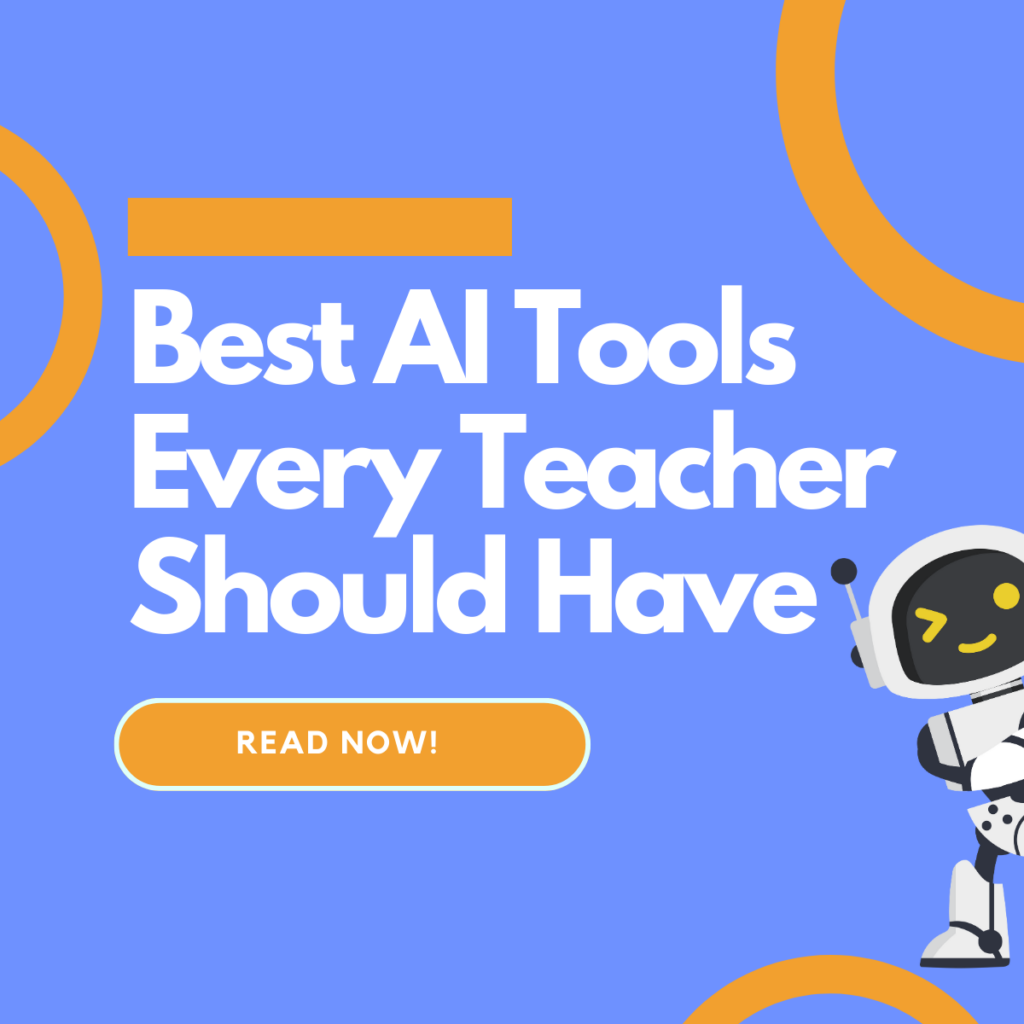
Navigating the Challenges
While the benefits of AI in education are plentiful, it is critical to acknowledge the challenges and drawbacks that accompany its implementation. One of the primary concerns is the digital divide. The availability of AI education tools and resources can vary greatly, depending on economic, geographic, and social factors. This disparity threatens to widen the gap between privileged and underprivileged learners, potentially exacerbating existing inequalities in education.
Ensuring Privacy and Security in AI-Driven Education
Privacy and data security are other significant concerns. The use of AI in education often involves the collection and analysis of vast amounts of personal data. Without stringent safeguards, there is a risk of misuse of this data, raising serious privacy issues. Ensuring the ethical use and protection of student data is paramount to maintaining trust in AI education technologies.
Redefining the Educator’s Role in an AI-Powered Classroom
Additionally, there is a fear that the increasing reliance on AI could diminish the role of human educators, leading to a depersonalized education system. The value of teacher-student interactions and the human touch in education cannot be understated. AI should complement, not replace, the role of educators, enhancing the educational experience without compromising the personal connection and mentorship that teachers provide.
Enhancing Creativity and Problem-Solving
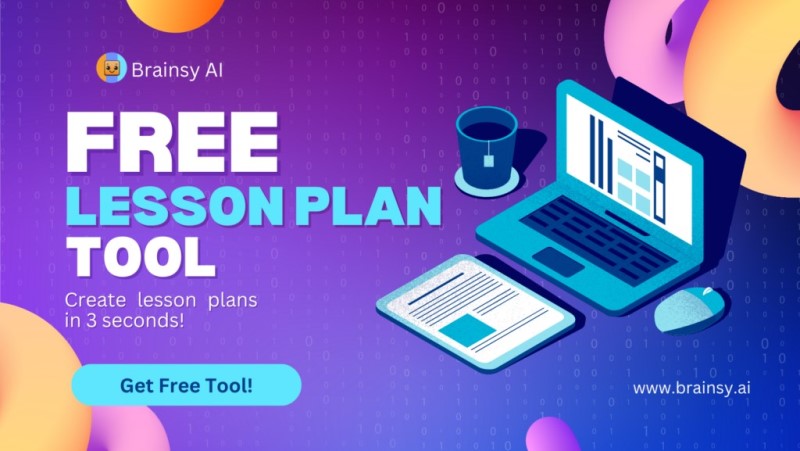
Generative AI represents a frontier in AI’s application in education, offering tools that can enhance creativity and problem-solving skills among students. Unlike traditional AI tools, generative AI can produce new content, from essays and art to code and music, based on the inputs it receives. This capability opens up new avenues for creative expression and innovation in the classroom.
Fostering Creativity
By leveraging generative AI, students can engage in collaborative projects, exploring complex concepts and ideas in novel ways. For instance, they can use AI to generate simulations, create virtual environments, or design innovative solutions to real-world problems. These activities not only make learning more engaging but also encourage critical thinking and creativity, skills that are invaluable in today’s rapidly changing world.
Maximizing the Potential of AI for Student Success
Moreover, generative AI can serve as a powerful tool for personalized learning. By generating customized learning materials and assessments, AI can address the unique needs and interests of each student, fostering a more dynamic and responsive learning environment. This personalized approach not only enhances learning outcomes but also motivates students to explore their passions and potential.
The Impact of AI in Higher Education
In the realm of higher education, AI’s impact is both profound and far-reaching. AI in higher education is transforming how courses are taught, how research is conducted, and how institutions are managed. From AI-powered research tools that can analyze vast datasets to intelligent tutoring systems that provide personalized support to students, AI is enhancing the quality and accessibility of higher education.
The Future of Higher Education: AI’s Impact and Implications

One of the key benefits of AI in higher education is its ability to facilitate more effective learning. Through adaptive learning platforms, students can engage with course material at their own pace, receiving tailored feedback and guidance. This personalized approach not only improves learning outcomes but also accommodates diverse learning styles and needs, making higher education more inclusive.
AI-Driven Innovations in Higher Education
Furthermore, AI is revolutionizing the research landscape in higher education. AI tools can process and analyze data at an unprecedented scale, uncovering insights and patterns that would be impossible for humans to detect. This capability not only accelerates the pace of research but also opens up new avenues of inquiry, pushing the boundaries of knowledge and innovation.
Addressing Concerns: The Cons of AI in Education
Despite the many benefits, the integration of AI in education raises several concerns that must be addressed. The issue of access and equity is at the forefront, with fears that AI could exacerbate educational disparities. Ensuring that AI education tools are accessible to all students, regardless of their socio-economic background, is crucial to preventing the widening of the digital divide.
Embracing AI: Opportunities and Challenges in Education
Privacy and data security also remain major concerns. The use of AI in education involves the collection of sensitive student data, raising questions about how this data is used and protected. Establishing clear guidelines and robust security measures is essential to safeguarding students’ privacy and maintaining trust in AI technologies.
Challenges and Concerns of AI Implementation in Education
Moreover, the reliance on AI in education could potentially undermine the role of teachers, reducing the human interaction that is critical to the learning process. It is important to view AI as a tool to augment, not replace, the teaching experience, ensuring that the human element remains central to education.
Incorporating AI in Inclusive Learning Environments
Incorporating AI into inclusive learning environments requires a thoughtful and deliberate approach. The goal is to leverage AI’s potential to enhance learning while ensuring that the technology serves the diverse needs of all students. This involves selecting and designing AI tools that are accessible, user-friendly, and adaptable to different learning styles and abilities.
Promoting Inclusivity
A key strategy is to involve educators and students in the development and implementation of AI solutions. By incorporating their insights and feedback, AI tools can be tailored to meet the specific needs of the learning community, ensuring that they complement rather than disrupt the educational process.
Best Practices for Integrating AI
Moreover, ongoing training and support for educators are essential. Teachers play a crucial role in integrating AI into the curriculum, and providing them with the knowledge and skills to effectively use AI tools is critical to their success. This support not only empowers teachers but also ensures that AI is used in a way that enriches the learning experience for all students.
The Future: Prospects and Challenges
Looking ahead, the future of AI in education is both promising and fraught with challenges. The potential of AI to transform education is immense, offering opportunities to personalize learning, enhance accessibility, and foster creativity and innovation. However, realizing this potential requires navigating a complex landscape of ethical, technical, and social challenges.
The Human Element: Balancing AI and Teacher Roles
Ensuring equitable access to AI education tools, safeguarding privacy and data security, and maintaining human connection in education are just a few of the hurdles that must be overcome. Addressing these challenges will require collaboration among educators, policymakers, technologists, and students to create an educational ecosystem that leverages AI’s strengths while mitigating its risks.
Conclusion
Embracing AI in education is not just about adopting new technologies; it’s about reimagining the future of education. AI offers unprecedented opportunities to personalize learning, make education more accessible, and prepare students for a rapidly changing world. However, realizing these benefits requires a careful balance of innovation and caution, ensuring that AI is used to augment and enrich the educational experience for all students. As we look to the future, let us embrace the possibilities of AI in education with open minds and a commitment to building inclusive learning environments that empower every student to reach their full potential.



